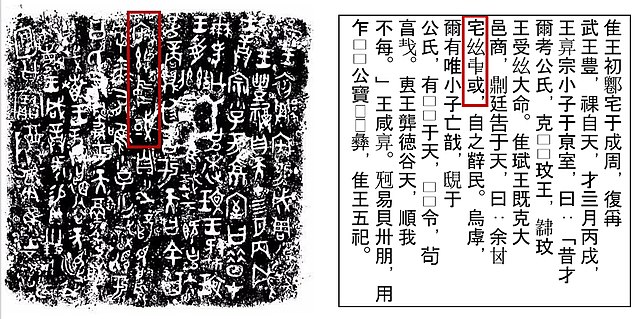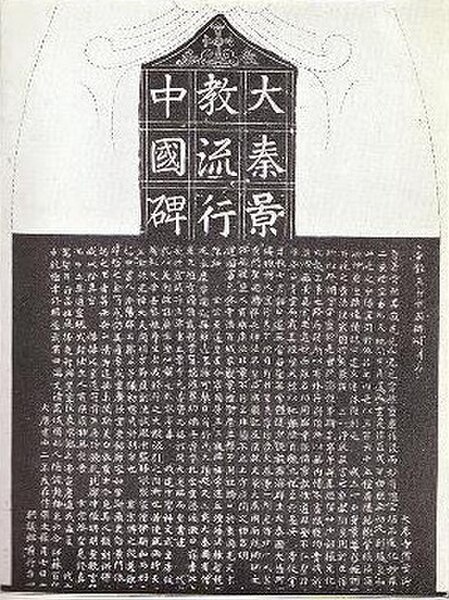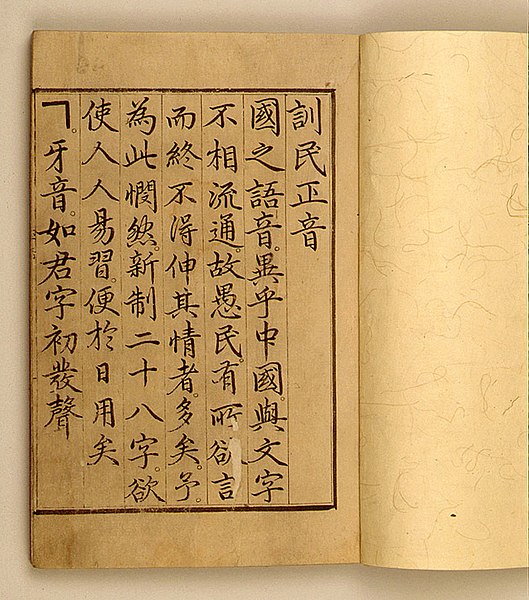Sinicization, sinofication, sinification, or sinonization is the process by which non-Chinese societies or groups are acculturated or assimilated into Chinese culture, particularly the language, societal norms, culture, and ethnic identity of the Han Chinese—the largest ethnic group of China.
Mosque with dome removed due to Sinicization policy
The names of China include the many contemporary and historical designations given in various languages for the East Asian country known as 中国; 中國; Zhōngguó; 'Central state', 'Middle kingdom' in Standard Chinese, a form based on the Beijing dialect of Mandarin.
He zun rubbing and transcription; framed is the phrase 宅𢆶𠁩或; zhái zī zhōngguó; 'inhabit this central state'. The same phrase is written in traditional and simplified characters as is 宅茲中國; 宅茲中国
The brocade armband with the words "Five stars rising in the east, being a propitious sign for Zhongguo (中國), made during the Han dynasty
The Nestorian Stele 大秦景教流行中國碑 entitled "Stele to the propagation in China of the luminous religion of Daqin", was erected in 781, during the Tang dynasty
The most important Korean document, Hunminjeongeum, dated 1446, where it compares Joseon's speech to that of Zhongguo (Middle Kingdom), which was during the reign of Ming dynasty at the time. Korean and other neighbouring societies have addressed the various regimes and dynasties on the Chinese mainland at differing times as "Middle Kingdom"





